The lockdown to control coronavirus infection has come as a ‘godsend’ to the fixed line broadband sector, which was struggling with stagnancy in subscribers for four years, a report said on Monday.
The ongoing lockdown, wherein many people are forced to work from home, has resulted in a surge in subscribers and also data usage, the research wing of domestic rating agency Crisil said in a note. Fixed broadband refers to taking internet connectivity till homes or businesses using an optical fibre or fixed line.
The Crisil note said due to the aggressive play by the telcos, which started giving the fast 4G connectivity at low rates, the number of subscribers has stagnated at 19 million since 2016. Till now, the lower speed 4G served the purpose for people due to affordable smartphones, it noted.
‘But now, subscriptions to fixed broadband, especially in the urban areas, have surged because millions are working from home…,’ it said. Data usage has darted up 25-30 per cent since the lockdown began on March 25, the note said.
‘Lockdown has come as a Godsend to the fixed broadband sector,’ it said, adding that on the flip side, data speeds have gone down as more subscribers are using the services. It said that the benefits are all set to continue in the medium term as well, as there is a likelihood of a hike in prices to be done by telcos as well.
Read EquityPandit’s Nifty Outlook for the Week
Provident Fund Update: Govt Raises Auto-Settlement Limit to ₹5 Lakh for 7.5 Crore Indians
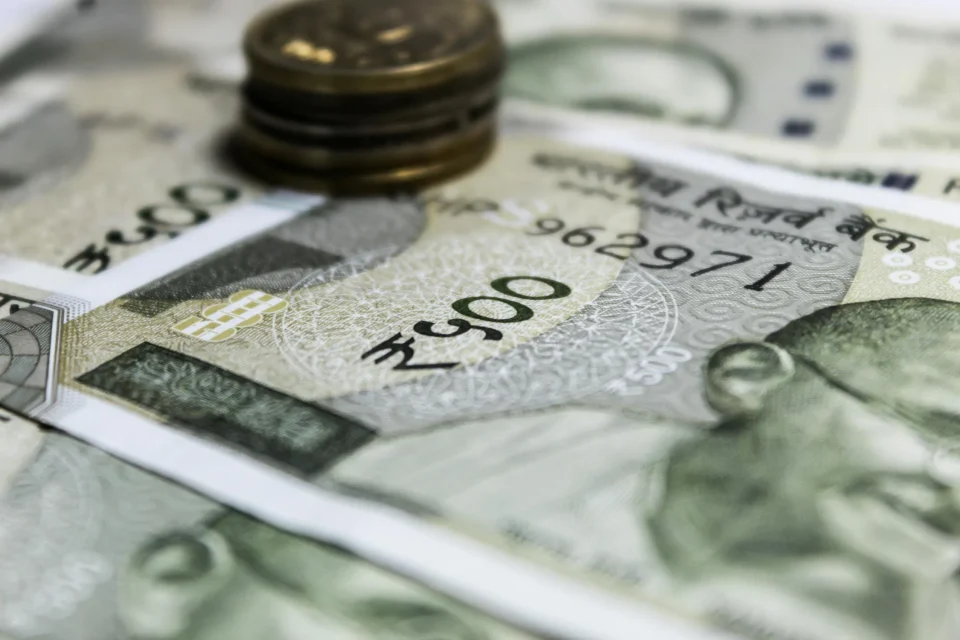
EPFO is set to enhance the auto settlement limit for advance claims from Rs 1 lakh to Rs 5 lakh, pending final approval from the Central Board of Trustees (CBT), benefiting 7.5 crore members.
The auto-mode claim settlement, introduced in April 2020 for illness, now covers education, marriage, and housing, with claims processed within three days.
In the current financial year, EPFO has settled a record 2.16 crore auto-claims as of 6th March 2025, up from 89.52 lakh in 2023-24. The rejection rate dropped to 30% from 50% last year, while validation formalities have been reduced from 27 to 18, with plans to cut them to six.
The process is now IT-driven, eliminating human intervention and reducing claim settlement time from 10 days to 3-4 days.
EPFO will also introduce UPI-based PF withdrawals by May or June 2025, potentially benefiting other schemes like the General Provident Fund (GPF) and Public Provident Fund (PPF).
Navigate Stocks Like a Pro. Ask the Analyst.
The future of investing is here!
Unicorn Signals leverages advanced AI technology to provide you with powerful market predictions and actionable stock scans. Download the app today and 10x your trading & investing journey!
Govt to impose 10% import duty on desi chana from 1st April
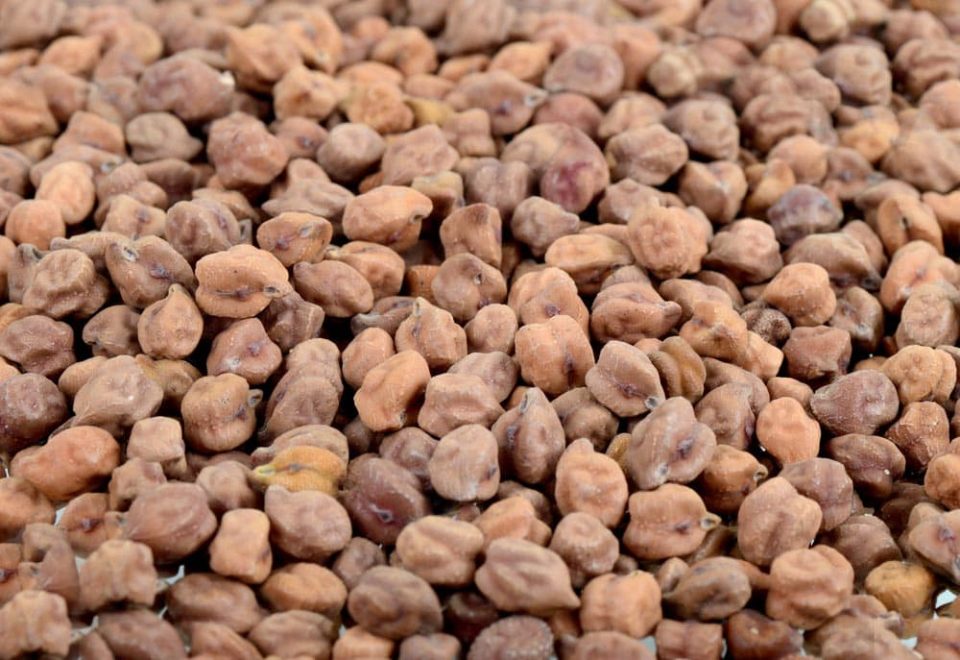
The government will impose a 10% import duty on desi chana (Bengal gram) from 1st April.
In May last year, the government allowed duty-free import of chana to boost domestic availability and control prices. This waiver was set to last until 31st March 2025.
According to a finance ministry notification dated 27th March, the import of Bengal gram will now attract a 10% duty starting from 1st April.
Government data estimates chana production at 11.5 million tonnes in 2024-25, up from 11 million tonnes in the previous year.
Stay Ahead with Stocks. Ask the Analyst.
The future of investing is here!
Unicorn Signals leverages advanced AI technology to provide you with powerful market predictions and actionable stock scans. Download the app today and 10x your trading & investing journey!
India Considers Tariff Cuts on Key US Imports, Decision Pending
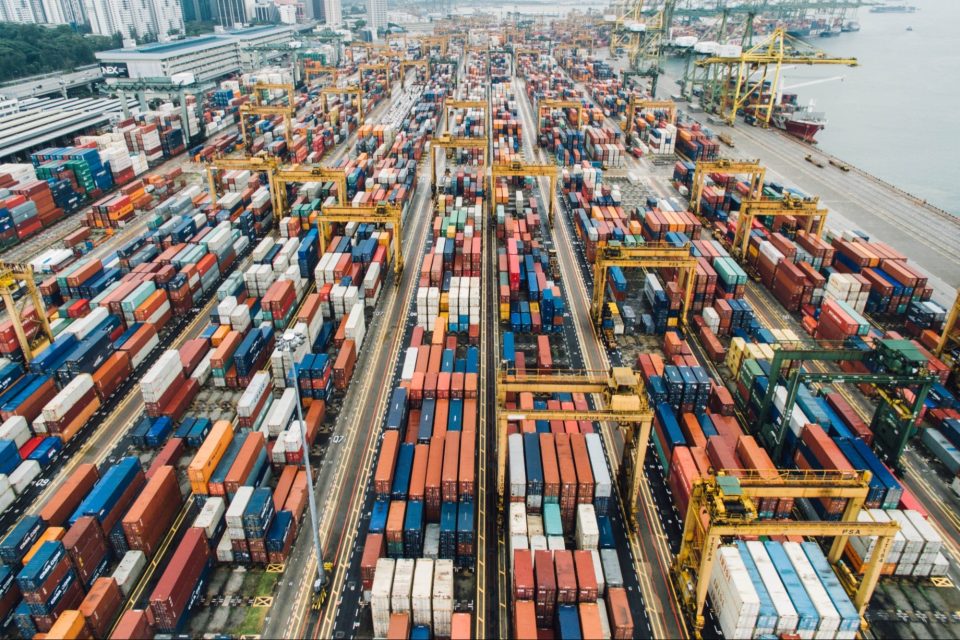
India is exploring tariff reductions on select US imports, with key government departments actively discussing the matter. While deliberations are still in the early stages, no final decision has been made.
A comprehensive review of import categories and existing duties is underway to assess potential reductions to strengthen trade and economic ties between the two nations.
Some key product categories that may see lower basic Customs duties include:
- Medical & Scientific Instruments (7.5%-10%)
- Cruise Ships (10%)
- Aircraft (2.5%)
- Spacecraft (10%)
- Cars (100% for CIF value above $40,000, 70% below this threshold)
- Turbo Jets/Propellers (7.5%)
- High-End Jewellery (20%)
- Gems & Jewellery (20%)
- Footwear (35%)
- Plastic Polymers (7.5%-15%)
- Organic Chemicals (7.5%)
In 2024, India’s imports from the US reached $35 billion, reflecting a 6.7% increase from the previous year.
While discussions on tariff cuts continue, stakeholders closely watch developments that could impact trade flows between countries.
Stock Insights? Let the Analyst Guide You.
Unlock profitable opportunities every day! Unicorn Signals provides actionable intraday trading signals for stocks and futures. Don’t miss out – download Unicorn Signals and start winning now!
RBI Governor Urges Stronger Measures Against Money Laundering, Terror Financing
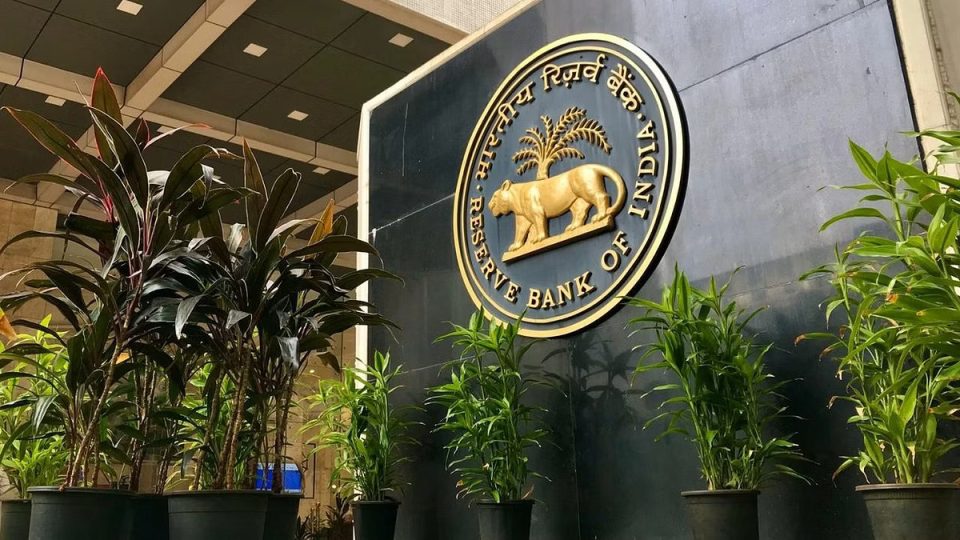
RBI Governor Sanjay Malhotra on 26th March stressed the need to strengthen India’s anti-money laundering (AML) and counter-terrorism financing (CFT) measures.
Speaking at the FATF (Financial Action Task Force) Private Sector Collaborative Forum, he highlighted India’s globally recognised efforts and the crucial role of private sector collaboration in financial security.
While technology enhances business, he warned, it also enables advanced money laundering risks, requiring proactive measures.
Malhotra called for better data quality and the use of AI (Artificial Intelligence), ML (Machine Language), and blockchain to improve AML risk assessment and threat detection.
He emphasised balancing security with inclusion, as over 90% of India’s adults now have bank accounts.
The RBI will continue enhancing AML and CFT measures, improving KYC (Know Your Customer) and digital onboarding, and streamlining cross-border payments.
Stay Ahead with Stocks. Ask the Analyst.
Tired of missing hot stocks? Unicorn Signals provides powerful tools like stock scans and more help you make informed trading decisions. Download now and take control of your portfolio!
UP CM Yogi Adityanath: Unemployment Down, Per Capita GDP Up Since 2017
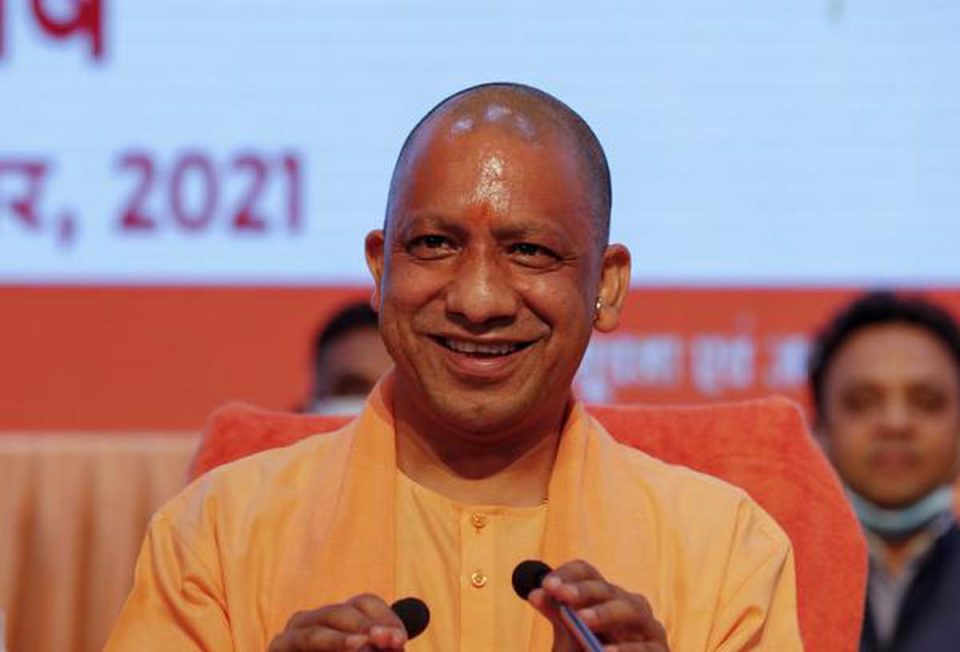
On Monday, CM Yogi Adityanath highlighted Uttar Pradesh’s economic progress and welfare initiatives while marking eight years of the state’s NDA government.
He stated that the unemployment rate has dropped below 3% from 19% in 2016, while per capita income has risen from Rs 46,000 in 2017 to Rs 1,24,000. UP has also transitioned from a deficit economy to a revenue-surplus state without imposing additional taxes, with banking transactions reaching Rs 29.66 lakh crore.
Infrastructure has grown significantly, with UP leading in expressways and metro operations and hosting India’s first rapid rail service. The government is developing state development regions around cities like Lucknow, Varanasi, and Kanpur to boost urban expansion. At the same time, welfare programs provide free rations to 15 crore people and housing for 56 lakh families.
In the energy sector, electrification has nearly doubled, with 1.21 lakh more villages connected since 2017 and solar power production rising from 228 MW to 2,653 MW.
Healthcare and education have expanded significantly, with medical colleges increasing from 12 to 80, alongside nursing and paramedical institutions improvements. The CM reaffirmed his commitment to making UP a $1 trillion economy.
Stay Ahead with Stocks. Ask the Analyst.
Tired of missing hot stocks? Unicorn Signals provides powerful tools like stock scans and more help you make informed trading decisions. Download now and take control of your portfolio!






